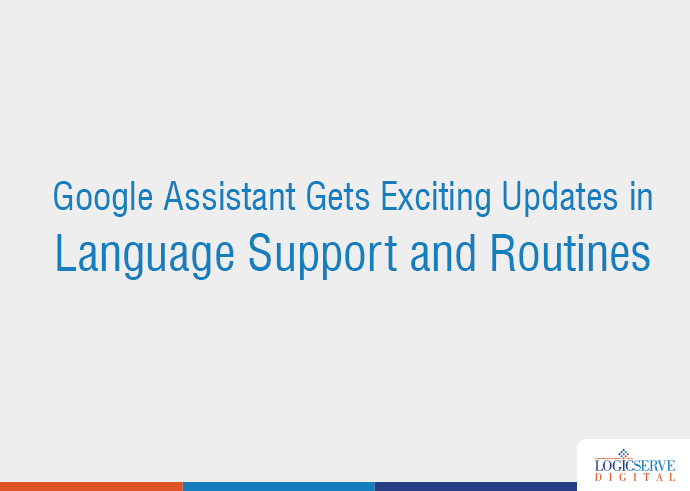In a significant push to fend competition in the AI-based voice tech space, Google recently announced a slew of measures for Google Assistant. With this move, the compatibility with Google Assistant will now reach 95% of the eligible Android devices in terms of language support.
Users who speak more than one language can now interact with Google Assistant. If you are a person who is comfortable conversing in one language at home and another at work, then this new change will be a good fit for your multi-language skills. The first few languages to be paired with Google Assistant include Hindi, Thai, Swedish, Danish, Dutch, and Norwegian.
What this also means is greater scope for deeper integration of voice into devices other than the Pixel. With such deeper integration into devices from OEMs like Samsung, Xiaomi, and LG, the Assistant can answer user’s questions around carrier related services and plans bundled with the device. So, the mobile carriers too can look forward to delegating some of the routine interaction tasks to the Assistant.
Routines and Reminders too have expanded
Among a slew of announcements (which included the above update), the other exciting change was an increase in the number of ‘Routines’. Routines are nothing but a string of actions stitched together for a better user experience. For example, if you say ‘Ok Google, I am home’, it will carry out a series of steps like turning on the AC, putting on some music, configuring your residence’s thermostat etc.
With location-based reminders, users get to carry out tasks based on their location. So, for example, they can build a shopping list for Walmart and be reminded of this list when they are actually at a Walmart store.
Why the need for this change?
Clearly, Google is ramping up its voice tech initiatives against competitors like Amazon Alexa. By the end of 2018, its supported language list will spike from eight to thirty. This will take the number of devices with Google Assistant far beyond the 400 million devices as reported recently by the search engine giant.
Another need for this change is that Android is gaining a strong foothold in multiple countries through a global footprint. This makes it necessary to integrate its voice services that have been localised for better user experience for the regions where English is not the native language.
In 2017, Amazon Alexa’s market share was pegged anywhere between 70% and 76%. While it may have had the first mover advantage in the voice tech space, Google is making sure that it is not left far behind. The multiple initiatives around Google Assistant announced recently is a testimony to this fact.
By providing support to far more languages than Alexa and improving adoption rates among native Android users, the company is making sure that it catches up with Amazon and comes up as a leader in the voice-based AI-powered personal assistant technology domain. Stay tuned as we continue to track this exciting and evolving space and keep you posted on the latest developments here.




